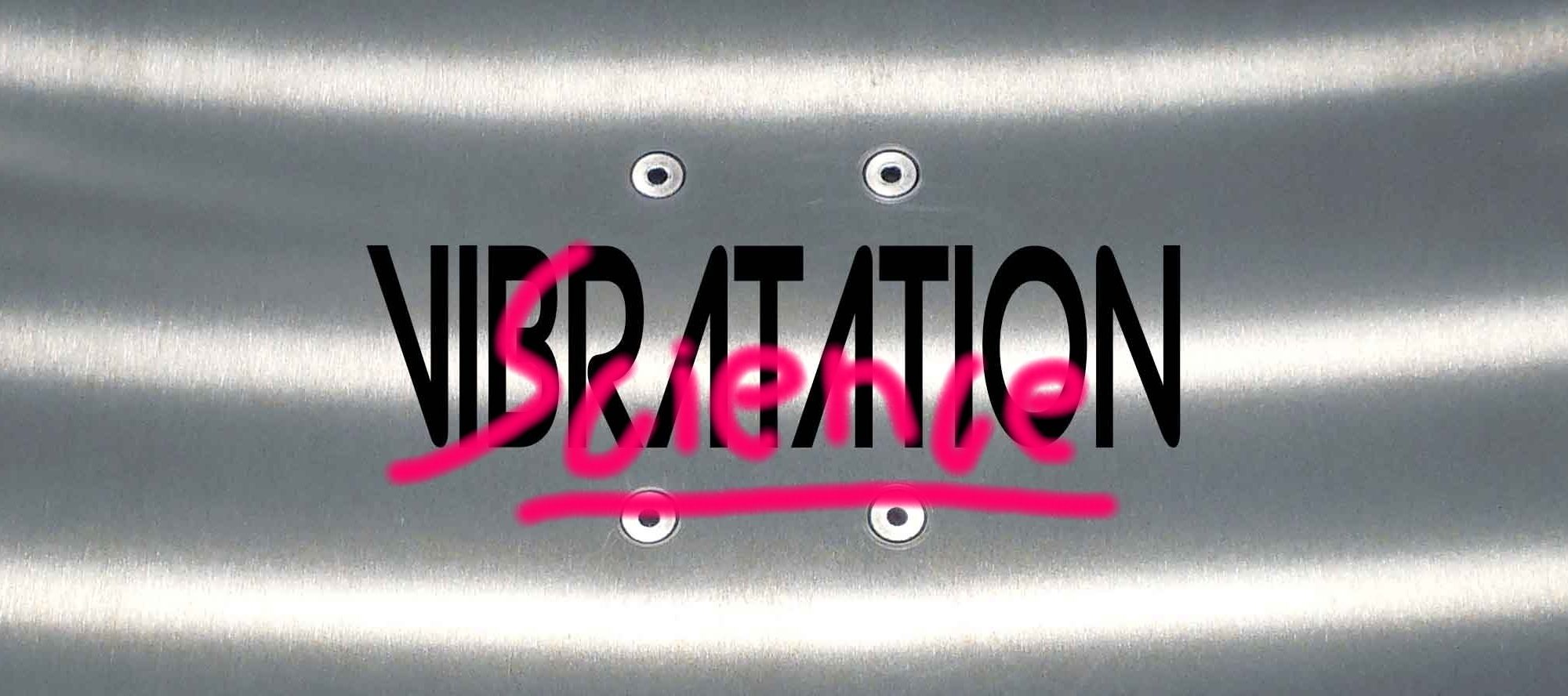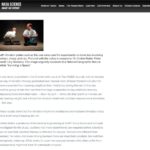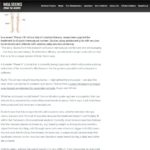NASA, “Good Vibrations”
https://science.nasa.gov/science-news/science-at-nasa/2001/ast02nov_1/
“NASA-funded scientists suggest that astronauts might prevent bone loss by standing on a lightly vibrating plate for 10 to 20 minutes each day. Held down with the aid of elastic straps, the astronauts could keep working on other tasks while they vibrate. The same therapy, they say, might eventually be used to treat some of the millions of people who suffer from bone loss, called osteoporosis, here on Earth. “The vibrations are very slight,” notes Stefan Judex, assistant professor of biomedical engineering at the State University of New York at Stony Brook, who worked on the research. The plate vibrates at 90 Hz (1 Hz = 1 cycle per second), with each brief oscillation imparting an acceleration equivalent to one-third of Earth’s gravity. “If you touch the plate with your finger, you can feel a very slight vibration,” he added. “If you watch the plate, you cannot see any vibration at all.” …the experiment with rats used a 90 Hz vibration, and the experiments with humans are using 30 Hz vibrations.” The site is old, and the reference links are all dead and removed, so I’ve copied two of the pages, in case the whole site disappears. Shown here:
PubMed, “Effects of whole body vibration on the skeleton and other organ systems in man and animal models: what we know and what we need to know.”
https://www.ncbi.nlm.nih.gov/pubmed/18762281
“Previous investigations reported enhanced osseous parameters subsequent to administration of whole body vibration (WBV). While the efficacy of WBV continues to be explored, scientific inquiries should consider several key factors. Bone remodeling patterns differ according to age and hormonal status. Therefore, WBV protocols should be designed specifically for the subject population investigated. Further, administration of WBV to individuals at greatest risk for osteoporosis may elicit secondary physiological benefits (e.g., improved balance and mobility). Secondly, there is a paucity of data in the literature regarding the physiological modulation of WBV on other organ systems and tissues. Vibration-induced modulation of systemic hormones may provide a mechanism by which skeletal tissue is enhanced. Lastly, the most appropriate frequencies, durations, and amplitudes of vibration necessary for a beneficial response are unknown, and the type of vibratory signal (e.g., sinusoidal) is often not reported.”
Note: the source of VIBRATATION “vibratory signal” is a pure sinusoid, as it is produced by a rotating mass technically called an “Eccentric Rotating Mass vibration motor.”
Pub Med, Whole Body Vibration Improves Cognition in Healthy Young Adults
https://www.ncbi.nlm.nih.gov/pmc/articles/PMC4065066/
“This study investigated the acute effects of passive whole body vibration (WBV) on executive functions in healthy young adults.
… Besides this active form of WBV, it is also possible to undergo WBV without performing exercises. Such a passive form of WBV, referred to as passive WBV hereafter, may be a suitable physical therapy for improving executive functions in persons who are not able to perform physical exercise.
… The passive WBV condition with 30 Hz frequency and approximately 0.5 mm amplitude (WBV condition 7 in Table 1) improved CWIT performance in healthy young adults. Therefore, this passive WBV condition was selected for further investigation in the main study.”
Pub Med,
https://www.ncbi.nlm.nih.gov/pmc/articles/PMC4560014/
“Whole body vibration increases peripheral blood flow, but not muscle oxygenation”
— this seems counter-intuitive, but the study is very quantitative.
Pub Med,
https://www.ncbi.nlm.nih.gov/pubmed/27965591
“Pre-dive Whole-Body Vibration Better Reduces Decompression-Induced Vascular Gas Emboli…”
Pub Med,
Less relevant, but leading to conclusion that vibration induces effects (perhaps growth factors) which improve healing,
https://www.ncbi.nlm.nih.gov/pubmed/7334835
“The influence of multidirectional vibrations on wound healing and on regeneration of blood- and lymph vessels.”
Harvard Gazette, “Mechanical stimulation shown to repair muscle”
“The direct stimulation of muscle tissue increases the transport of oxygen, nutrients, fluids, and waste removal from the site of the injury, which are all vital components of muscle health and repair. Mooney said one of the most exciting aspects of this research is that its translation to the clinic in the form of a stimulatory device could be relatively rapid compared to drug or cell therapies.”


